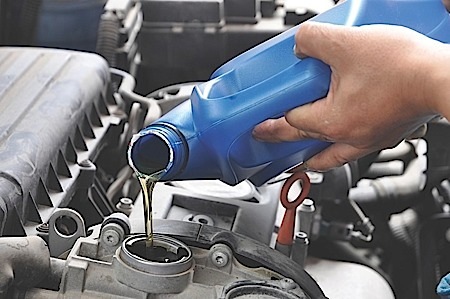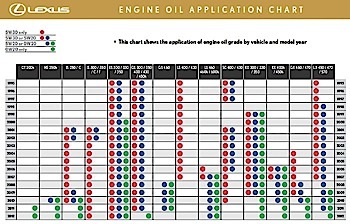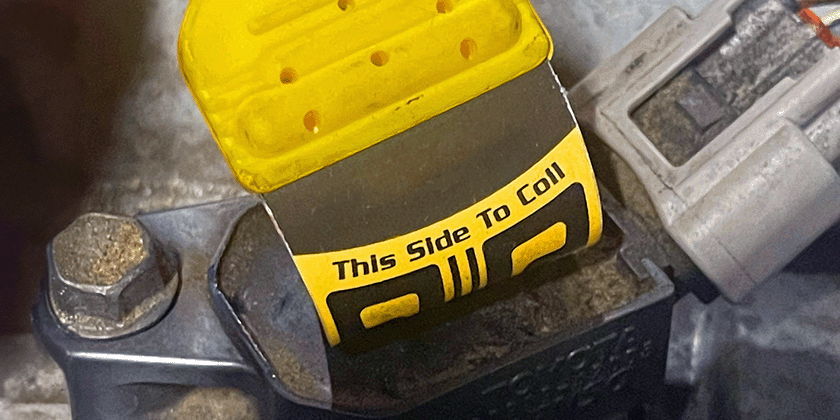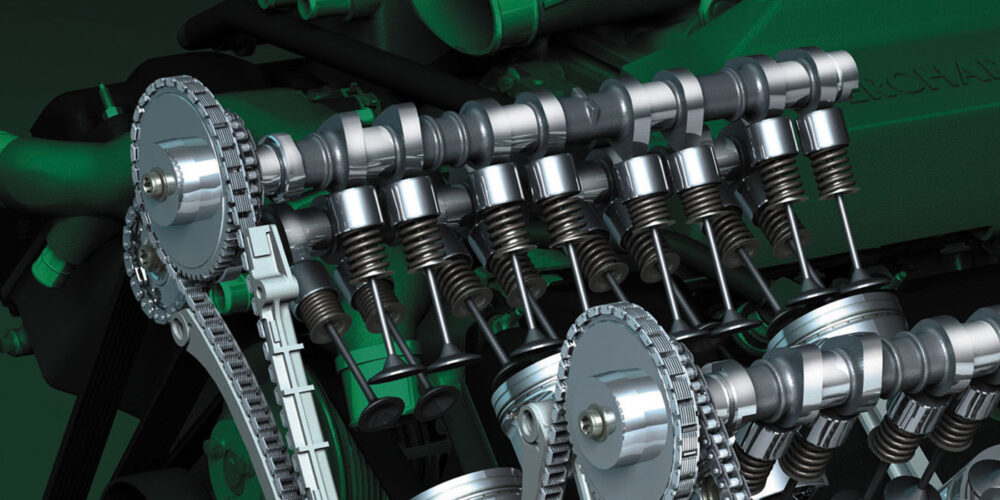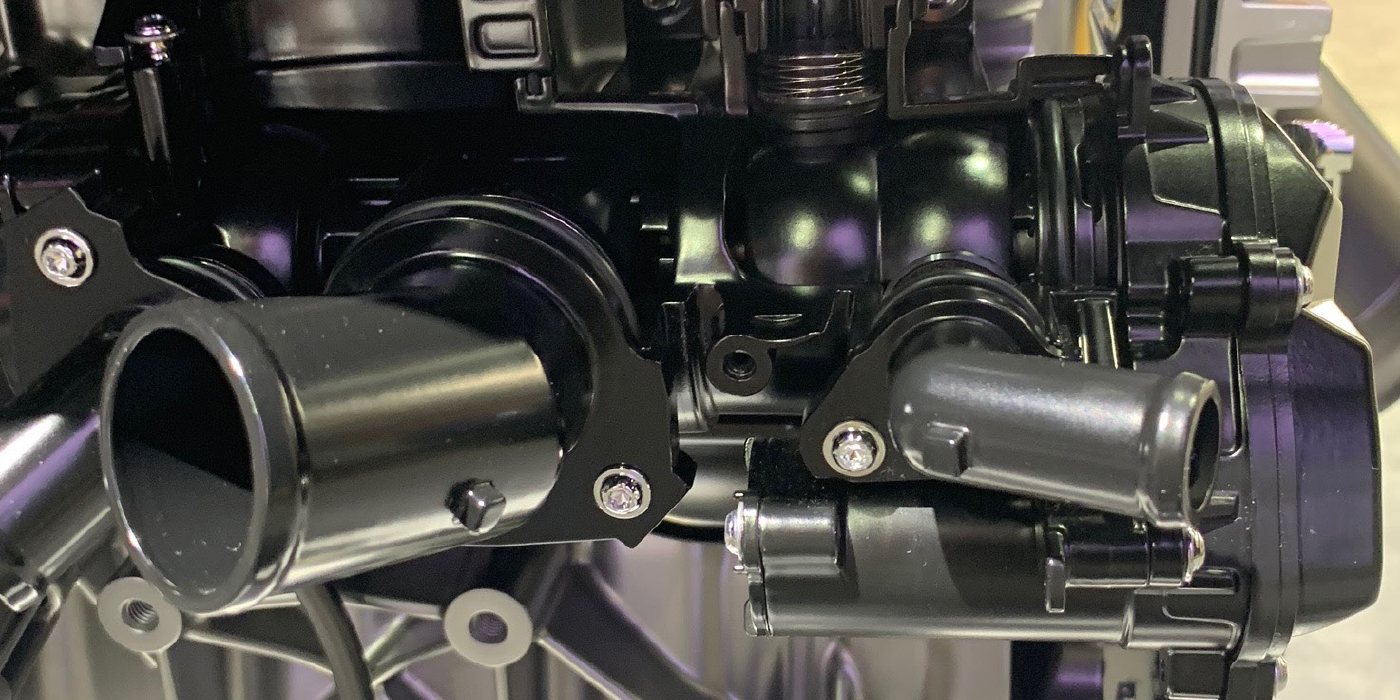Have you noticed that it is getting harder to stock oil these days? For some vehicles, the same model may take three different oils depending on the engine. The base model may require a 5W-30, while the V6 version may require a 5W-20, and the hybrid version may require a 0W-20.
In the old days, a 10W-30 would work in a wide variety of vehicles. The oil supplier could sell you a 55-gallon drum and a shop could use it on vehicles that required either a 5W-30 or 10W-40. But, modern engines have tighter tolerances and more sensitive emission systems. So, getting close to the recommended grade is impossible.
What is Viscosity?
Oil viscosity refers to how easily oil pours at a specified temperature. Thinner oils have a water-like consistency and pour more easily at low temperatures than heavier, thicker oils that have a more honey-like consistency. Thin is good for easier cold-weather starting and reducing friction, while thick is better for maintaining film strength and oil pressure at high temperatures and loads.
The viscosity rating of a motor oil is determined in a laboratory by a Society of Automotive Engineers (SAE) test procedure. The viscosity of the oil is measured and given a number, which some people also refer to as the “weight” (thickness) of the oil. The lower the viscosity rating or weight, the thinner the oil. The higher the viscosity rating, the thicker the oil.
Motor Oil Viscosity Rankings
Viscosity ratings for commonly used motor oils typically range from 0 to 50. With multi-viscosity oils, a “W” after the number stands for “winter” grade oil. The numeric value of the first number (for example, the “5” in 5W-20) is a measure of the pour point of the oil expressed in degrees Celsius when the oil is cold. The rating is determined in a lab using a cold crank simulator and mini-rotary viscometer test. The oil weight is its viscosity index at 100 degrees C (the boiling point of water).
Low viscosity motor oils that pour easily at low temperatures typically have a 0W, 5W or 10W rating. There are also 15W- and 20W-grade multi-weight motor oils.
Higher viscosity motor oils that are thicker and better suited for high-temperature operation may include multi-grade oils or single-weight oils such as SAE 30, 40 or 50.
Multi-Viscosity Motor Oils
Most modern motor oils are formulated from various grades of oil so that they will have the best characteristics of both thick and thin viscosity lubricants. Multi-viscosity oils flow well at low temperature for easier starting, yet retain enough thickness and film strength at high temperature to provide adequate film strength and lubrication.
A thin oil such as a straight SAE 10W oil designed for cold-weather use would probably not provide adequate lubrication for hot-weather, high-speed driving. Likewise, a thicker high temperature oil such as SAE 30 or 40 would probably become so stiff at sub-zero temperatures that the engine might not crank fast enough to start.
Multi-viscosity grade oils have a wide viscosity range, which is indicated by a two-number rating. Popular multi-viscosity grades today include 0W-20, 0W-40, 5W-20, 5W-30, 10W-30, 10W-40 and 20W-50. The first number with the “W” refers to the oil’s cold-temperature viscosity rating, while the second number refers to the oil’s high-temperature viscosity rating.
Motor oils that have a wider range viscosity rating such a 5W-30, 5W-40 and 0W-40 are blended with more base stocks and additives. Because of this, it may be harder for these oils to remain in grade as the miles accumulate (which is why GM does NOT recommend using 10W-40 motor oil). They say it breaks down too quickly and does not stay in grade as long as 10W-30 or 5W-30. Also, an oil with a lower winter rating like 0W-20 or 5W-20 will contain a higher percentage of thinner base stock oil (which is typically a synthetic oil). This requires more viscosity improver additive to achieve the same high-temperature rating as a 10W-30, 10W-40 or straight 30- or 40-weight oil.
Most vehicle manufacturers today specify 5W-20 or 5W-30 for newer vehicles for year-round driving. Some cars specify 0W-20, 0W-30, 0W-40 or 5W-40 for their vehicles.
Zero-weight oils are designed to reduce emissions during warm up. If the wrong oil is in the crankcase, it will change the three to five minutes it takes to bring the combustion chamber up to temperature. This will also alter how the variable valve timing works. It can also have implications for the catalytic converter.
Always use the motor oil viscosity recommended by your vehicle manufacturer. Using a different viscosity (thinner or thicker) may cause oil pressure and oil supply problems, especially in late-model engines with cylinder deactivation and/or variable valve timing (VVT).

